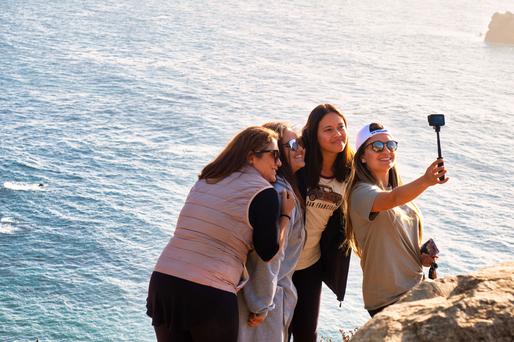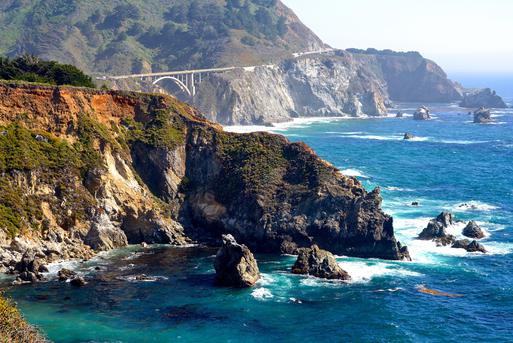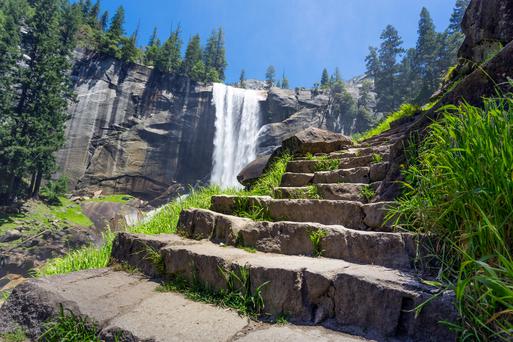5 Tips for an Eco-Friendly California Road Trip
Wherever you plan on going next in California, there’s still time to make your road trip more eco-friendly. Here are our best tips.

Wherever you plan on going next in California, there’s still time to make your road trip more eco-friendly. Here are our best tips.

Explore California's top 7 spring photoshoot spots for Instagram-worthy snaps, from poppy fields to coastal cliffs.

Relive unforgettable California sports moments and memories that have left a lasting impression on fans and inspired future generations.

Impress your date and allow the City of Angels to be the perfect backdrop for your romance with these first-date ideas.

Learn about the top 5 iconic California fashion trends that have shaped global style and continue to inspire today.
Helping you live your California dreams

Spring is getting in full swing and California weather is starting to become perfect. Here's a guide on the best outdoor spots in Spring.

Here's a quick breakdown of the key California flowers that bloom in spring.

If you're looking for a great hike to do this weekend, here's our guide to the fun hikes near Potato Chip Rock.

California has many great waterfall hikes to explore. Here's our breakdown of the best Bonita Falls trails and hikes.

Yosemite National Park is one of California's natural crown jewels. Here's our favorite Yosemite hikes you can enjoy today.

